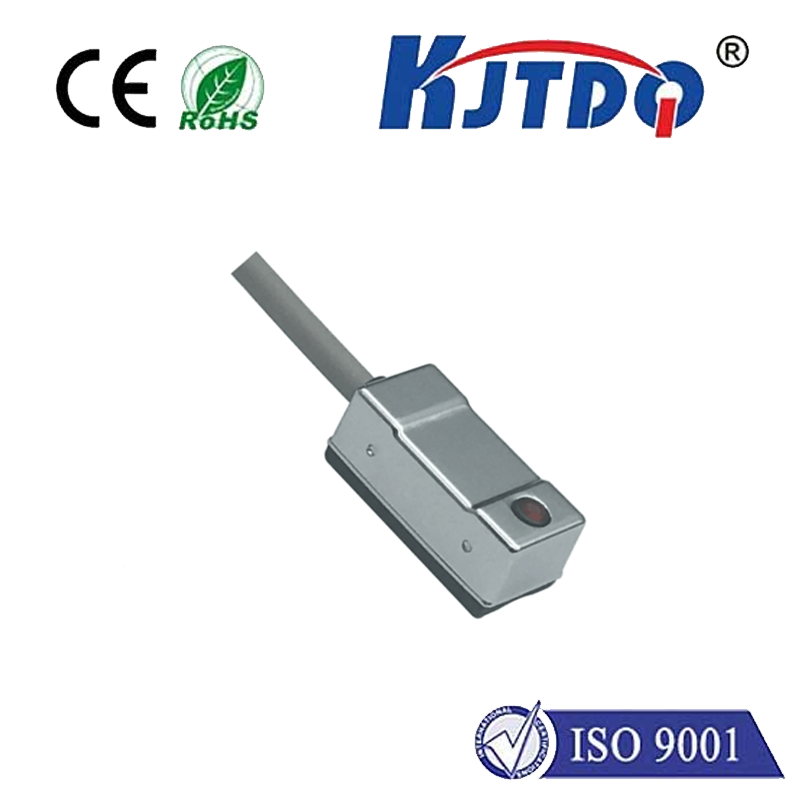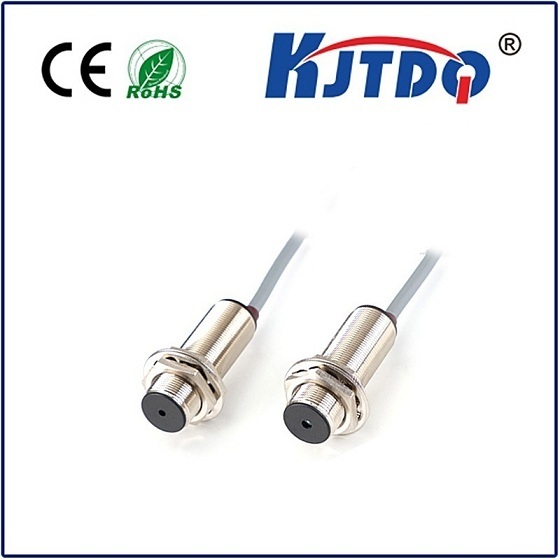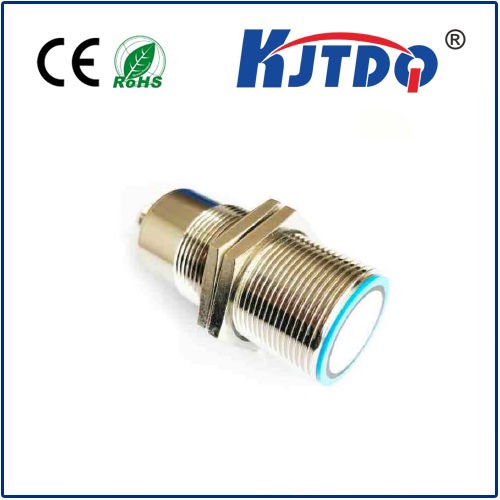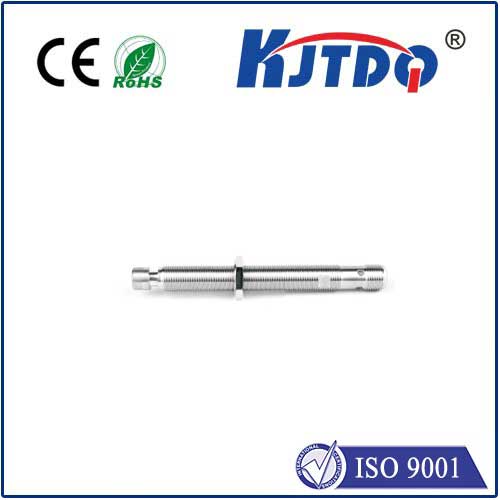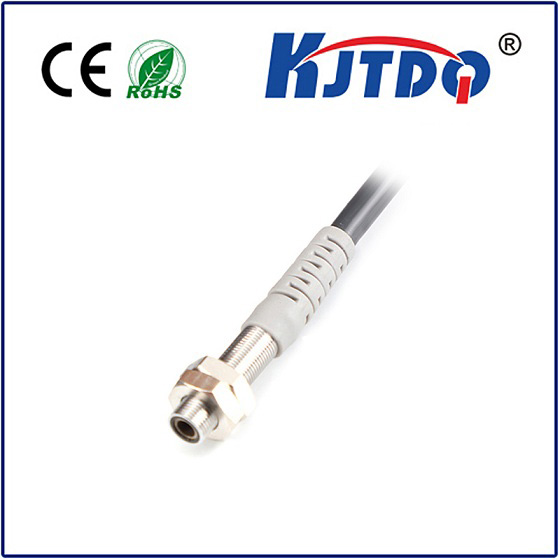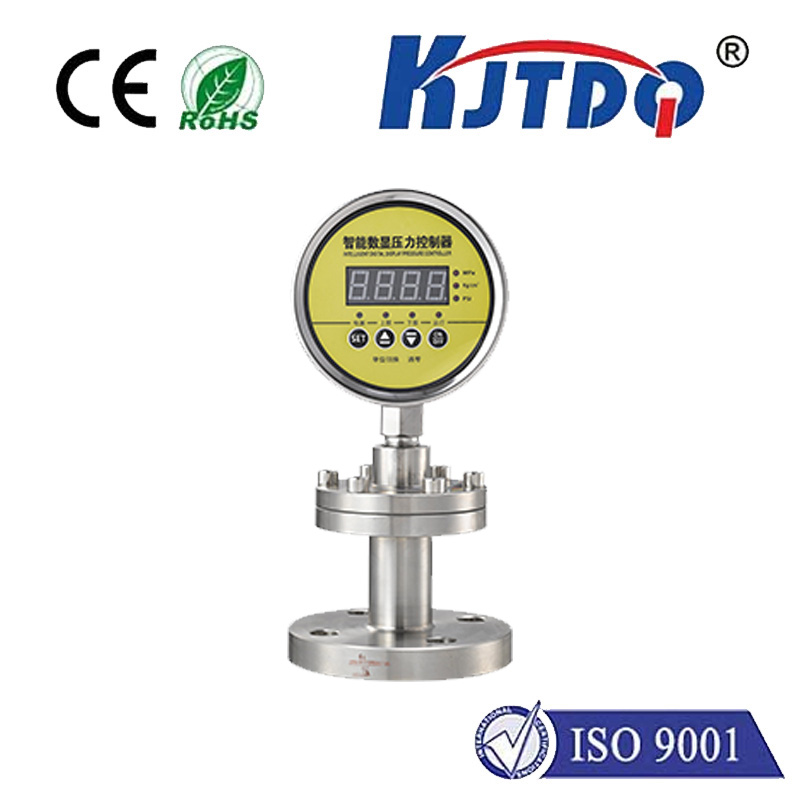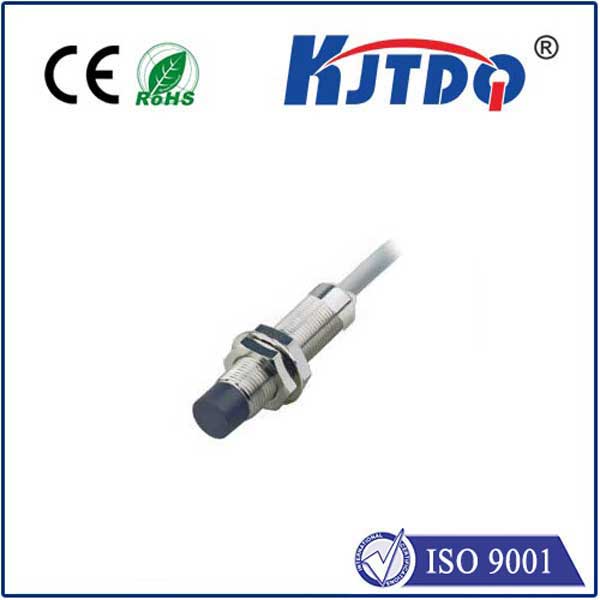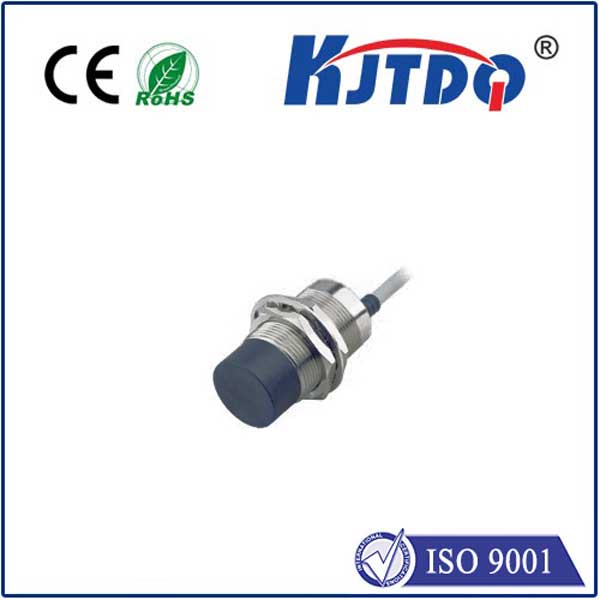ограничительный кран мостового типа
- time:2025-08-07 01:56:08
- Нажмите:0
The Unsung Guardian: How Overhead Crane Limit Switches Ensure Safety and Efficiency
Imagine a massive overhead crane, effortlessly gliding tons of steel across a bustling factory floor. Now, picture that crane reaching the very end of its runway track at full speed, with no stopping mechanism. The potential for catastrophic collision, structural damage, or worse is terrifyingly real. This is precisely the disaster scenario prevented by a crucial, often overlooked component: the ограничительный кран мостового типа. More than just a simple switch, it acts as the crane’s essential safety sentinel, a fundamental pillar of overhead crane safety.
Understanding the Critical Role of Limit Switches
An ограничительный кран мостового типа is an electro-mechanical device strategically installed at the boundaries of a crane’s travel path – typically at the extreme ends of the bridge (long travel) and trolley (cross travel) movements, and often for hoist upper and lower limits. Its core function is simple yet vital: to interrupt the crane’s power circuit when its moving parts reach a predetermined point, preventing dangerous overtravel. Think of it as an automatic off-switch triggered by position. Without these switches, crane operation would be inherently hazardous and prone to damaging impacts.
These devices are non-negotiable elements of material handling equipment safety, mandated by safety standards globally (like OSHA 1910.179, ASME B30.2, CMAA). They form the last line of defense in the crane’s control system, ensuring operational boundaries are strictly enforced.
How Overhead Crane Limit Switches Work: The Mechanics of Safety

The operation of a crane limit switch hinges on a simple principle: physical actuation leading to electrical interruption.
- Actuation: As the crane component (bridge, trolley, or hook block) approaches its designated limit, it physically contacts a component of the limit switch. This could be:
- А.lever arm that is bumped or rotated.
- А.rotating cam or wheel driven by a cable or chain linked to the crane’s movement.
- А.plunger that gets depressed.
- А.magnetic actuator passing near a proximity sensor (in non-contact switches).
- Electrical Interruption: This physical movement forces internal contacts within the switch housing to change state. Crucially, limit switches are designed to operate in a “normally closed” (NC) or “normally open” (NO) configuration within the crane’s control circuit. Most commonly for travel limits, the switch is wired NC. When the actuator is in its normal (un-tripped) position, electrical current flows freely through the NC contacts, allowing crane movement. When the switch is tripped (actuated), these NC contacts open, breaking the circuit and instantly cutting power to that specific drive motor (hoist, trolley, or bridge).
- Stoppage: With power removed, the crane movement stops abruptly before it can collide with the runway end stop, building structure, or other obstacles. For hoist limits, this prevents the hook block from hitting the drum or the load from being over-lowered.
Key Types of Overhead Crane Limit Switches
Different crane applications and environmental conditions call for different switch technologies:
- Mechanical Lever Arm Switches: The most traditional type. Robust and relatively inexpensive. The crane physically strikes a protruding lever, triggering the switch. Ideal for harsh environments but prone to wear and requires precise positioning.
- Rotary Cam Switches: These use a rotating shaft, often driven by a chain or cable connected directly to the moving crane component (like the bridge wheel). As the crane moves, the shaft rotates. Cams mounted on the shaft actuate switches at precisely calibrated points. Offer highly accurate and repeatable positioning, excellent for long travel limits where consistency is key.
- Magnetic Proximity Switches (Non-Contact): These use a sensor (inductive, reed, or Hall effect) that detects the presence of a metal “dog” or actuator mounted on the moving crane part. No physical contact means minimal wear, making them highly reliable and suitable for dirty or high-vibration environments. Ideal for hoist upper/lower limits and trolley travel.
- Safety-Rated Limit Switches: Designed with redundant contacts and monitoring features, these are used in safety-critical applications where failure could lead to severe injury or damage. They provide a higher Safety Integrity Level (SIL) or Performance Level (PL).
Why Overhead Crane Limit Switches Are Indispensable
Their importance cannot be overstated. Properly functioning limit switches deliver critical benefits:
- Collision Prevention: The primary role – stopping the crane before it rams into end stops, columns, walls, or other cranes. This protects both personnel and infrastructure. Preventing structural damage is paramount for facility safety and avoiding costly downtime.
- Over-hoisting/Under-lowering Prevention: Hoist limit switches prevent the hook block from being wound too high (risking damage to the hoist drum or cables) or lowered too far (potentially over-stressing cables or dropping loads).
- Equipment Protection: By preventing overtravel and collisions, limit switches drastically reduce wear and tear on crane wheels, tracks, motors, brakes, and gears. This extends the overhead crane lifespan significantly.
- Reduced Downtime and Maintenance Costs: Preventing collisions directly translates to less unplanned repairs and associated production stoppages. Proactive crane maintenance focused on switches is far cheaper than fixing crash damage.
- Regulatory Compliance: Operating an overhead crane without functional limit switches is a clear violation of workplace safety regulations, exposing companies to fines, liability, and work stoppage orders. Compliance is non-negotiable.
- Operator Confidence: Knowing the crane has reliable automatic stopping points allows operators to focus on load control and productivity, rather than constantly worrying about boundaries.
Maintenance: Keeping the Guardians Vigilant
Like any critical safety component, crane limit switches demand regular attention:
- Scheduled Inspections: Visually check switches, actuators, dogs, and mounting hardware during routine crane maintenance checks. Look for physical damage, loose connections, corrosion, or buildup of dirt/debris.
- Functional Testing: Regularly test each limit switch under no load conditions. Operate the crane slowly towards each limit and verify it reliably stops power before reaching the physical obstruction. Document these tests.
- Cleaning: Keep switches and actuators clean, especially mechanical types where dirt can impede movement.
- Lubrication (if specified): Follow manufacturer guidelines. Some mechanical switches require periodic lubrication of moving parts; over-lubrication can attract dirt.
- Calibration/Adjustment: Ensure actuators (levers, cams, dogs) are correctly positioned to trip the switch at the precise, safe location. Rotary cam systems need periodic chain tension checks.
- Prompt Replacement: If a switch is damaged, fails testing, or shows excessive wear, replace it immediately with a suitable, rated component. Never bypass a limit switch.
Conclusion: The Essential Investment
While they might seem like small components on the vast framework of an overhead crane, limit switches are indispensable guardians of safety, equipment integrity, and operational efficiency. They are a fundamental requirement for safe material handling. Investing in the correct type of ограничительный кран мостового типа for your application, ensuring its correct installation, and committing to a rigorous crane maintenance schedule for these devices is not just a regulatory obligation; it’s a critical investment in protecting your people, your assets, and your productivity. Understanding their function and maintaining them diligently ensures these silent sentinels continue to perform their life-saving and asset-preserving role flawlessly.

